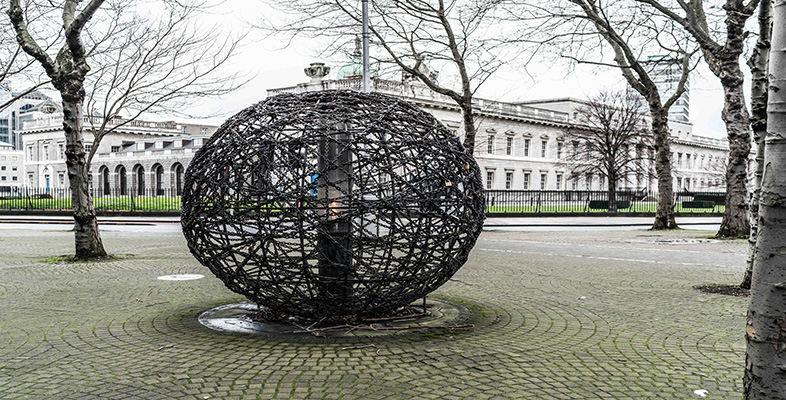2.2 Slavery reform
Some of the first international concerns over human rights, as they would now be recognised, were expressed about slavery at the end of the eighteenth century. Somerset's case in 1772 challenged the acceptance of slavery in the UK. This case is regarded as a turning point, as statutory abolition followed in the UK. Out of this changing social, political and legal attitude towards slavery grew a movement which sought to prohibit slavery internationally. It was not possible to secure the freedom of slaves in all countries at that time as different nations had differing political and social attitudes. So one of the first steps was to seek to abolish the trade in slaves. The aim of this was to prevent any further increase in the number of slaves. Over the following century many countries abolished slavery. The League of Nations, established by the 1919 Versailles Treaty to promote international peace and security and guarantee the rights of minorities, proclaimed as one of its objectives the complete suppression of slavery in all its forms and of the slave trade by land and sea.
Slavery and any associated practices are condemned in Article 4 of the Universal Declaration of Human Rights, Article 4 of the European Convention on Human Rights, Article 5 of the African Charter of Human and People's Rights and Article 6 of the American Convention on Human Rights.
These rights have evolved over the past 250 years and prohibition against slavery is now well established within international law. The challenge now is not in agreeing that slavery should be prohibited but in seeing that those international rules are enforced and respected.
